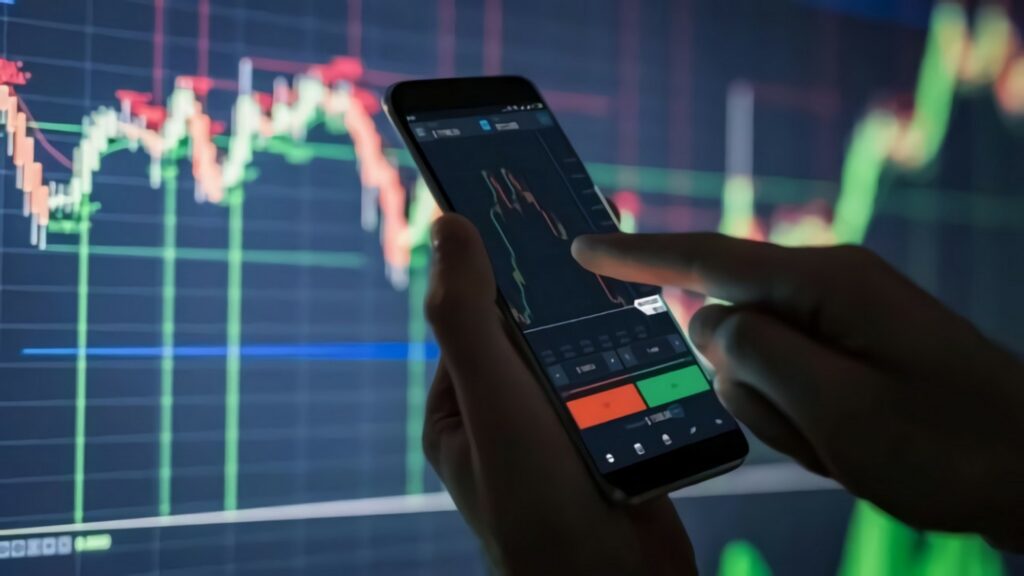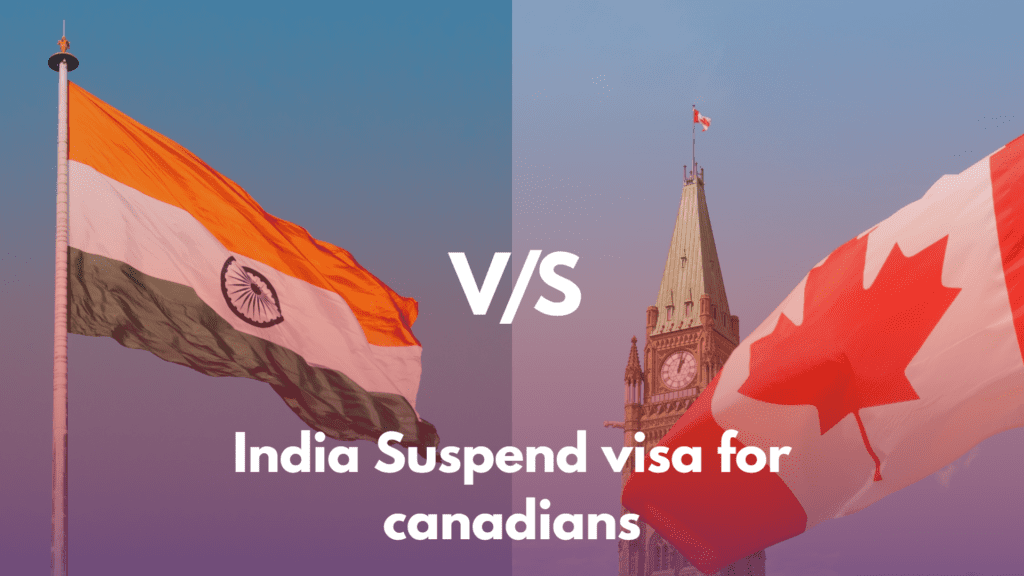In recent weeks, Indian equity markets—particularly Exchange Traded Funds (ETFs) linked to India—have experienced sharp volatility following renewed trade tensions and tariff threats from the United States. With global investors increasingly nervous, the question arises: Is this the end of India’s rapid growth narrative, or just another storm to weather?
This blog explores the reasons behind the ETF slump, the deeper implications of the US-India trade friction, investor psychology in times of geopolitical strain, and whether India still offers a long-term value proposition.
📉 What’s Happening: India ETFs Under Pressure
On August 5, 2025, India-focused ETFs including the iShares MSCI India ETF (INDA) and WisdomTree India Earnings Fund (EPI) witnessed a sharp sell-off, with daily losses exceeding 2.5%. Over the past 30 days, these funds are down more than 7%, underperforming global emerging market indices.
The immediate trigger? U.S. President Donald Trump’s public statement hinting at a fresh wave of tariffs targeting Indian pharmaceutical and tech exports in retaliation for what he described as “unfair digital services taxes and regulatory roadblocks for American firms.”
This announcement followed earlier friction over e-commerce regulations and data localization policies in India that U.S. giants like Amazon and Google have opposed.
🇮🇳📦 A Breakdown of the Trade Threat
While India and the U.S. have had strong diplomatic ties in recent years, trade has remained a thorny issue. The Trump administration’s “America First” policy had previously stripped India of its Generalized System of Preferences (GSP) status in 2019, affecting $6 billion worth of exports.
Now, Trump’s threat of new tariffs—if implemented—could impact key sectors:
- Pharmaceuticals: India is a major supplier of generic drugs to the U.S.
- IT Services: Major Indian IT firms serve U.S. clients in healthcare, banking, and tech.
- Auto Parts & Machinery: India’s engineering exports are on the radar.
The fear among investors is that retaliatory trade measures could spiral into a broader economic deceleration for India, which relies heavily on external demand for its key export sectors.
Suggested : India Calls Out US & EU Hypocrisy: They Still Trade With Russia While Punishing New Delhi
📊 Why Are ETFs the First to Fall?
ETFs are designed to mirror the performance of a group of securities, such as Indian stocks. Because they are highly liquid and easily tradable, ETFs are often the first assets affected when investor sentiment sours.
Here’s why India-focused ETFs are seeing a slump:
- Flight to Safety: Global investors are moving money to safer assets like U.S. Treasury bonds and gold.
- Currency Concerns: The Indian rupee fell to a 15-month low, eroding dollar returns for foreign investors.
- Profit Booking: After a strong rally in Q1 and Q2 of 2025, many investors were looking for exit points.
- Passive Investing Risks: ETFs mirror sentiment instantly and don’t wait for fundamentals to catch up.
🌏 Emerging Market Investors on Edge
India has long been positioned as a “growth engine” in Asia, second only to China. However, with China’s economy slowing and geopolitical risks rising in South Asia, global fund managers are re-evaluating portfolio risks.
Comments from BlackRock’s Asia-Pacific Chief Economist suggested “a cautious short-term approach” towards Indian equity exposure until the U.S. elections pass and policy clarity returns.
Meanwhile, JPMorgan downgraded India to “Neutral” in its latest Emerging Markets Outlook, citing tariff risks, weakening rural consumption, and potential election uncertainty in 2026.
🔍 Beyond the Headlines: Is the Growth Story Over?
Not necessarily. India’s long-term fundamentals remain strong:
- Demographics: A young population and rising middle class continue to support consumption.
- Digitalization: The government’s push for Digital India and fintech growth is paying off.
- Manufacturing Shift: With global companies looking to diversify supply chains away from China, India remains a favored alternative.
- Government Reforms: Initiatives like PLI (Production Linked Incentives), infrastructure expansion, and ease-of-doing-business reforms are still in play.
However, the short-term narrative is clearly being rewritten by global trade dynamics, rising protectionism, and electoral politics.
🧠 Investor Psychology: Fear vs. Fundamentals
Investors often react emotionally to headlines before the underlying fundamentals catch up. The current ETF slump is driven more by fear than fact.
Here’s how smart investors are navigating this phase:
- Rebalancing Exposure: Some are trimming India holdings but not exiting completely.
- Currency Hedging: To offset rupee weakness, investors are exploring currency-hedged ETFs.
- Sector Rotation: Allocating more to domestic consumption, healthcare, and green energy plays.
- Staggered Buying: Using the slump as a buying opportunity for long-term positions.
📅 What to Watch in the Coming Weeks
- US Trade Policy Announcements: Whether the tariff threats turn into action or remain political rhetoric.
- RBI Monetary Policy: The Reserve Bank of India may respond with rate adjustments to stabilize markets.
- Q3 Earnings Reports: Performance of key companies in IT, pharma, and FMCG will influence sentiment.
- FPI Flows: Monitoring foreign portfolio investor activity is critical in understanding long-term confidence.
🧾 Conclusion: Panic or Pause?
India’s ETF slump following the U.S. tariff threat may seem alarming, but it’s not the end of India’s economic growth story. While geopolitical developments have added short-term pressure, seasoned investors know that India’s fundamentals—especially its demographic and digital edge—remain intact.
As with any emerging market, volatility is part of the journey. What separates the winners from the rest is the ability to differentiate between short-term noise and long-term opportunity.









